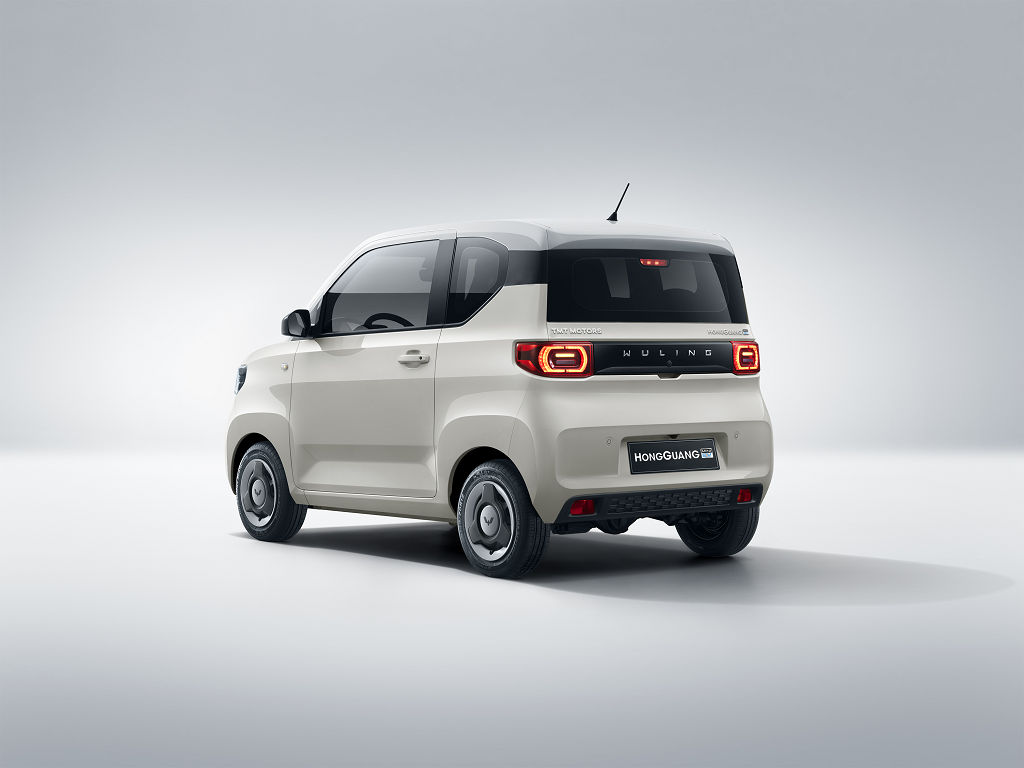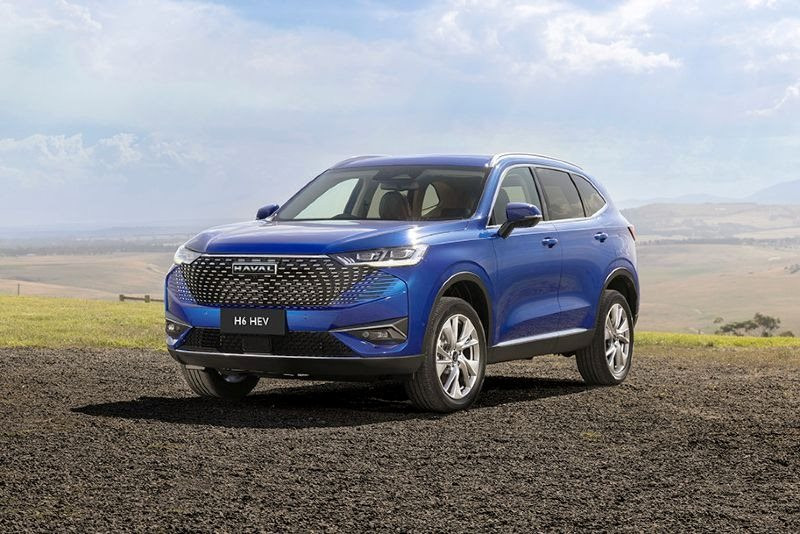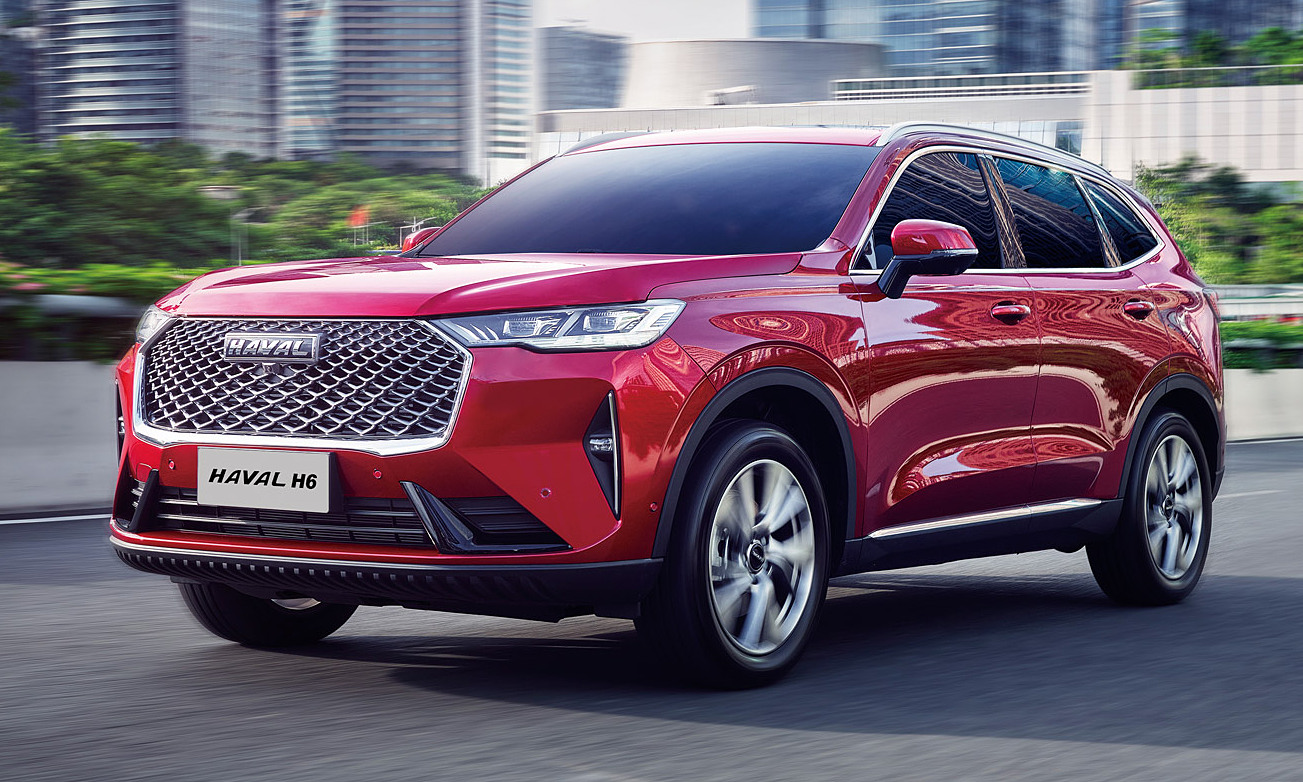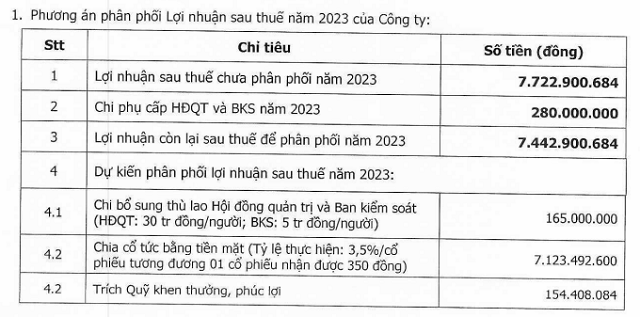Expected to be a “blockbuster” but flopped in Vietnam
In recent years, Chinese cars have created a buzz in the global market. However, contrary to the boom in the international market, Chinese cars seem to be facing difficulties in Vietnam.
Some models were expected to become “blockbusters” after their success in the home country, promising to attract a lot of attention from customers. However, their sales performance in Vietnam has been almost non-existent.
Wuling Mini EV is considered the best-selling electric car in the world. However, after a few months of being on sale in Vietnam, the number of cars delivered to customers is very low. Most recently, the manufacturer announced a price reduction of about VND 40 million, lowering the listed price of the car to below VND 200 million. This is also the record-low price for this model since its launch in Vietnam.

Photo: SGMW
Aside from Wuling Mini EV, MG RX5 is facing a similar situation. MG RX5 is a model that many customers have high expectations for due to its attractive design and full range of modern features. Before being introduced in Vietnam, customers expected this model to have an attractive price range of about VND 550 – 650 million, slightly higher than ZS, and easily create a new sensation in the compact SUV segment.
However, in reality, with the announced price ranging from VND 739 – 829 million, RX5 was considered “overpriced”, even higher than other top segment models such as Mazda CX-5 or Hyundai Tucson. Despite continuous price reductions, this model still fails to attract customers in the Vietnamese market.

Photo: MG
Haval H6 is also one of the most anticipated models in Vietnam in 2023. This model has consistently held the highest sales in the Chinese domestic market.
According to information from “Dan Tri” newspaper, Haval H6 is considered one of the pride of the Chinese domestic car industry, with the highest sales among domestic models and even topping the charts in China’s best-selling car models (including German, American, Japanese cars). On average, this model has a monthly sales volume of 30,000 to 50,000 units, equivalent to 300,000 to 600,000 units per year – a figure equal to the total number of cars sold in Vietnam.
However, after more than 2 months of being introduced in Vietnam, there are not many cars delivered to customers, and price reductions are inevitable. Most recently, the company has announced a new price, bringing the price of the car to only VND 886 million.

Haval H6 is the most technologically advanced crossover SUV in its segment in Vietnam.
Are Chinese cars overpriced or are Vietnamese people hesitant about unfamiliar brands?
Many people believe that the main reason for the low sales of Chinese cars in Vietnam is the high prices. Although many Chinese car models are advertised as cheap, their prices in Vietnam are significantly higher due to various factors such as taxes, transportation costs, etc.
With the case of Wuling Mini EV, even before its launch, the car had already made an impression in the minds of Vietnamese consumers with its “affordable price equivalent to a Honda SH – about USD 5,000” in the Chinese market. Therefore, when the car was launched with a price range starting from VND 239 million, it was not easy for it to be widely accepted by the market, especially considering the fact that it is an electric car with several unresolved issues such as charging speed, range, and charging infrastructure.
As for Haval H6, this model uses a hybrid engine with a claimed fuel consumption of 5.5L/100 km, has an eye-catching appearance, the most advanced safety technologies in its segment, and is priced at VND 1,096 billion. Compared to the Mazda CX-5 with prices starting from only VND 750 million, the price difference is significant.
Similarly, when MG Vietnam announced the price range of VND 739 – 829 million for the MG RX5, many people were disappointed because the price is relatively high. In fact, this price is even higher than other models in the higher segment such as Mazda CX-5 or Hyundai Tucson. New car models in Vietnam or any market in general, if not associated with a well-known brand, need to have an acceptable price, and both of these factors seem to be lacking in the MG RX5.
In reality, the pricing of some Chinese car models mentioned above is considered “high”, but not to the extent of being called “overpriced” as many online users have claimed. However, observers believe that with these price levels, it is difficult for these car models to compete in the current market.
In addition to price issues, Vietnamese people also have a hesitancy towards unfamiliar Chinese car brands. Chinese cars may have attractive designs and many modern features, but they only have a short-term impact. If the quality of the cars is not truly good and the price is not acceptable, people’s interest will wane. Vietnamese customers are still hesitant when it comes to unfamiliar brands.
This prejudice against Chinese cars is even more evident in the case of the MG brand (Morris Garages). Although the history of MG dates back to 1923 with its origin in England, since it was sold to SAIC Motor (China) in 2007, everything from components, spare parts, to personnel has been influenced by the parent company. As a result, consumers tend to forget about the origin of MG.

Photo: MG
Several factors contribute to the hesitancy of Vietnamese customers when it comes to Chinese car brands:
Lack of trust in the product
Reliability is one of the biggest issues that makes Vietnamese consumers hesitant to buy Chinese cars. Cars are considered valuable assets, so factors such as quality, durability, and liquidity are always top priorities.
Chinese cars were introduced to Vietnam about 20 years ago with cheaper prices compared to locally assembled or imported cars from the US, Korea, etc. However, those models disappeared after just a few years because they failed to gain enough trust from Vietnamese consumers.
Many opinions suggest that Vietnamese customers are willing to buy a lower-segment car or look for used cars as long as they have a well-known brand name and are guaranteed in terms of quality, such as Japanese, American, or Korean cars.
According to a report from Giao Thong newspaper, Associate Professor Dr. Dam Hoang Phuc from the Institute of Combustion Engines (Hanoi University of Science and Technology) believes that Vietnamese consumers do not have trust in cars in general and Chinese products in particular due to previous negative experiences with low-quality motorcycles. Therefore, building brand trust is still a challenge.
On Dan Tri newspaper, an automotive expert commented: “The most important thing is for companies to convince consumers about the technology and the benefits that their products bring. Price is not necessarily the most important factor, but rather a genuine business attitude and brand credibility that carry national recognition“.
Concerns about quality and safety
According to Nguyen Minh Dong, an automotive expert, as analyzed in Giao Thong newspaper, the safety of Chinese cars still needs more time to be proven. Currently, there are very few experts who can evaluate the safety of Chinese cars, and there is no center that can test the safety of Chinese cars in Vietnam.
Nguyen Minh Dong said: “Chinese car models currently use engines and transmissions from well-known brands such as BMW, Volvo, Mitsubishi, but older generations, along with some modifications. However, components such as chassis, suspension systems, safety, and quality need to be tested by customers and specialized agencies around the world. Many Chinese car models have not been tested for quality and durability, which makes it difficult to gain trust“.

Photo: GWM
Rapid depreciation and limited warranty
Another disadvantage of Chinese cars in the Vietnamese market is their fast depreciation. The Chinese car dealership system and after-sales services in Vietnam are also limited.
According to Vinh Nam, an automotive expert, as mentioned in Vietnamnet newspaper: “Even though Chinese car manufacturers have increased warranty periods, it is still the commitment of a few small distributors. Consumers need time to experience the reality, so there is still hesitancy or prejudice“.








































